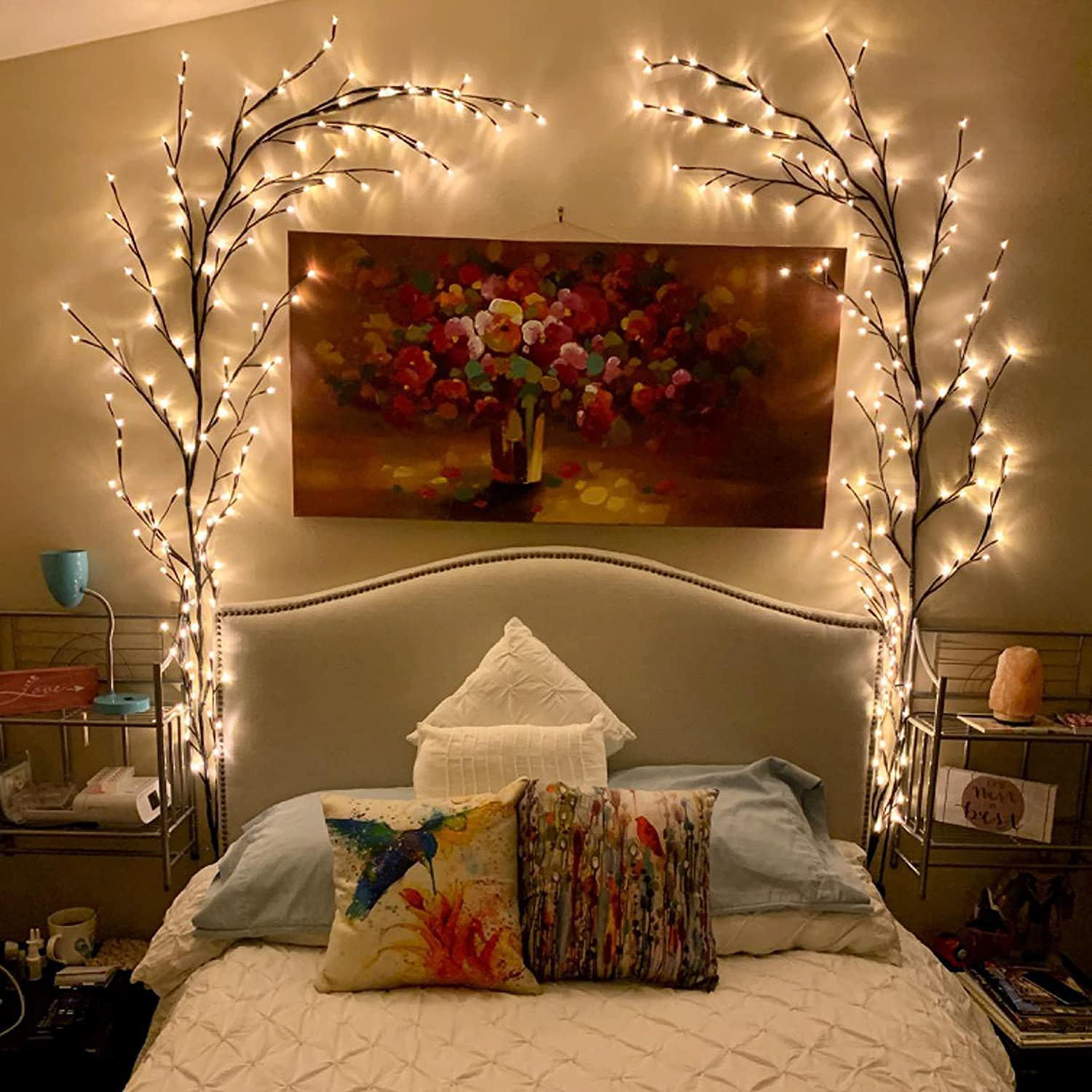Introduction
Lighting is an essential element of any space, whether it be your home or office. The quality of lighting can make a significant difference in improving the aesthetic appeal of the space while also impacting your mood and productivity. A well-lit space promotes a positive atmosphere and helps people feel happier and more active. In contrast, poor lighting can create a gloomy and depressing environment that drags down performance and lowers people’s moods. In this article, we delve into the importance of desired lighting, explore different lighting types, and discuss how you can enhance the lighting in any space.
The Importance of Desired Lighting
Desired lighting is a vital factor in any room’s design and plays a significant role in defining its ambiance, as well as functional aspects. Lighting is so vital that it is sometimes called the fourth dimension of interior design. By incorporating the correct type of lighting, you can significantly transform any area and radically shift the energy and feel of a space.
When designing a lighting scheme, it’s essential to consider the function of the room. For instance, a study requies bright lighting to support work activities such as reading and writing. However, for a bedroom, low lighting is required to create a relaxing and cozy environment. A workspace may benefit from natural light. Still, it can be supplemented with task lighting such as desk lamps and overhead lighting fixtures to support different moods and activities throughout the day.
The Different Types of Lighting
There are several different types of lighting that can be used to create a desired lighting scheme. These include:
Ambient Lighting
Ambient lighting provides general illumination and sets the tone of a room. This can come from natural light, overhead lighting fixtures or wall sconces. For a soft and warm ambiance, choose warm yellow-hued bulbs. For a cooler and more contemporary feel, choose cool white lights.
Task Lighting
Task lighting is focused illumination that supports activities such as reading or cooking. This lighting can be accomplished with floor lamps, desk lamps, or pendant lights positioned near operating areas.
Accent Lighting
Accent lighting is used to highlight specific features such as artwork, sculptures, etc. This type of lighting can be accomplished with wall-mounted lights or track lighting.
How to Enhance Lighting in Any Space
Here are some tips for enhancing the lighting in any space:
Use Natural Light
Windows and skylights allow in natural light, which is key to improving mood and productivity. Orient spaces to take advantage of natural light sources and add curtains or window treatments to filter light, reduce glare, and control light levels.
Choose Lighting Complimentary to Your Decor
How lighting interacts with your room’s colors and furnishings is essential. Generally, lighting should contribute to your room’s ambiance and support your design concept. Use white or clear bulb options to create a bright and timeless look. Choose yellow and amber tones for a romantic or vintage feel. Use colored bulbs selectively to accent elements in the room.
Use Layered Lighting
Layered lighting involves elemental lighting sources that work together to provide optimal lighting. Layered lighting often consists of ambient, task, and accent lighting. It can be controlled using dimmer switches or smart home automation to adjust light levels to suit different moods, activities or times of day.



